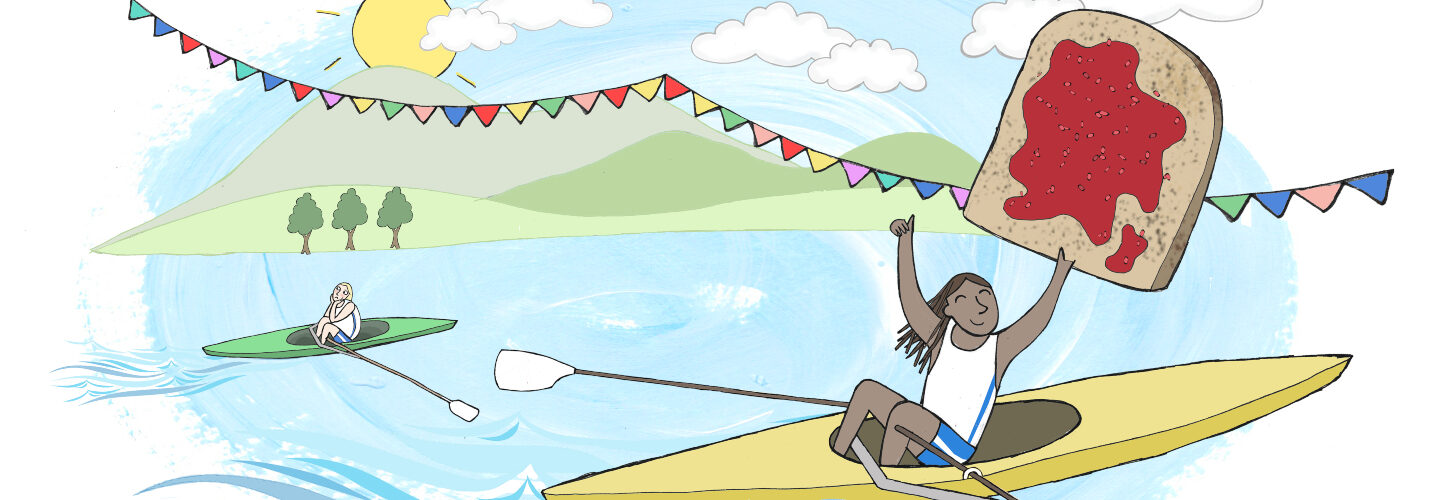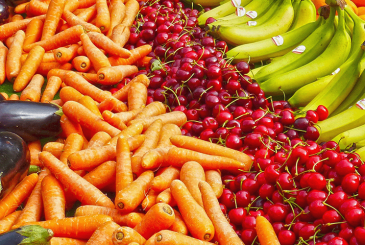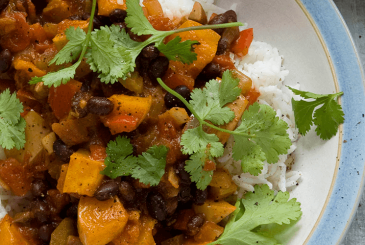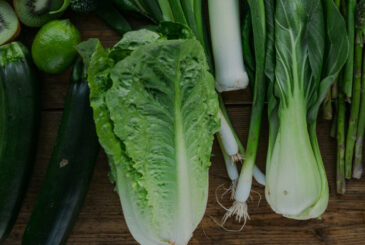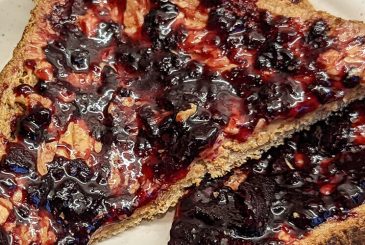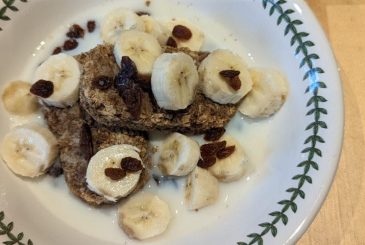Nutritionist Jacqueline Birtwisle spotlights sugar: should it be avoided or is it a useful carbohydrate energy for rowers?
We hear all the time about the importance of limiting sugar in our diet, but isn’t sugar a form of carbohydrate that fuels the muscle in exercise? So, how does this translate for trained athletes and those regularly undertaking endurance and strength training?
How do we know how much is okay and what is not okay?
What are sugars?
Sugars – and starch, which is a string of sugar units linked together – is the collective name for all the monosaccharides and disaccharides including glucose, sucrose, dextrose, fructose and lactose: i.e. anything ending in ‘ose’. They are found in all sorts of foods, including fruit, vegetables, pulses, dairy foods, honey, potatoes, wheat, rice, quinoa and all grains. Together, sugars and starches are called carbohydrates and humans all over the world have been consuming carbs for thousands of years.
Is the amount of sugar harmful to our health?
So, sugar is “pure, white and deadly”, to quote the late Professor Yudkin, right?
In 1972 Professor John Yudkin published Pure, White and Deadly claiming there was a much clearer correlation between the rise in heart disease and a rise in the consumption of sugar.
For many years, dentists have taken a dim view of sweetened drinks and confectionery owing to their known adverse effects on teeth. In more recent years, other health professionals have become increasingly concerned with the rise in obesity rates and the link between sugar-sweetened drinks in children.
In 2015, the government’s Scientific Advisory Committee on Nutrition (SACN) published an extensive review and made recommendations about how people should improve their diets, so as to have a better balance of foods containing carbohydrates, especially ‘free sugars’.
The report found that high intakes of sugar were associated with a greater risk of tooth decay and obesity, especially in groups where large volumes of sugar-sweetened drinks were consumed.
Does sugar encourage weight gain?
A small amount of free sugars will not encourage weight gain, especially if you train and race regularly. Your body’s ability to handle sugar is different from untrained members of the public.
One way in which this happens is that insulin (the hormone produced when blood sugar increases) becomes more sensitive, so enabling muscle cells to better take up and use glucose from the blood, during and after exercise. However, if someone’s overall energy intake (i.e. calories) is too high for their requirements then they will gain weight. This is a particular concern with children who can consume large amounts of sweetened drinks and confectionery, which are devoid of essential nutrients for health, so these don’t meet their actual nutritional needs.
Most readers, I’m sure, would spot brown sugar on the label, but what about fructose, molasses… and the exotic-sounding coconut blossom nectar?
What are free sugars?
Sugars can also be added to food and drink by food manufacturers, or we can add them at home, and it is these free sugars that are creating health concerns.
Free sugars include honey, syrups and unsweetened fruit juices but excludes the sugar (lactose) in milk and milk products, as well as those sugars found in fruit that is still intact – i.e. not juiced.
Spot the free sugar name!
Most readers, I’m sure, would spot brown sugar on the label, but what about fructose, molasses, golden syrup, honey, treacle, apple juice concentrate, organic sugar, agave, brown rice syrup, glucose-fructose syrup and the exotic-sounding coconut blossom nectar? All of these are free sugars and can be added to food and drinks.
Breakfast cereals will need more attention because their sugar content varies
How can I tell if a food is high in free sugars?
Not easily at the moment, which is possibly where the popular idea that ‘sugar is hidden in everything these days’, has come from.
Food labels don’t currently differentiate between free sugars and other sugars such as those from fruit, vegetables or milk. The nutrition label will list total sugars, which will include both natural and free.
You can check the ingredients list, by spotting the words with ‘ose’ and the syrups and juice concentrates to see whether sugars have been added to your food, or if they occur naturally. You can also think pragmatically about your intake; all cakes, puddings, ice-cream, biscuits, sweets, chocolate and many soft drinks will contain free sugars, so enjoy these in moderation.
Cereal and dairy foods
Breakfast cereals will need more attention, regardless of your age or training level, because their sugar content varies.
Plain porridge oats, Shredded Wheat, puffed wheat and ‘no added sugar’ muesli are all good low-sugar options. Two Weetabix biscuits or a 30-gram serving of Corn Flakes would have around half a teaspoon or less of free sugars, but a portion of Cheerios has about a teaspoon. Many others would be labelled as moderate or high in sugars.
You can add your own carbohydrate sugar in the form of a banana or some raisins instead. When looking at flavoured milk or yoghurt, you need to remove around 5 grams of sugar from the total amount on the label to get closer to the information on the free sugar content. This is why I hear comments such as ‘even plain, high-protein Greek yoghurt contains sugar’ – it does, but it’s 100% lactose.
Rowers should think less of sugars as being the enemy, despite what many bloggers and ‘gurus’ may write
How much sugar is okay?
High in sugar means 22.5 grams of sugar per 100g product. Low in sugar means 5 grams of sugar per 100g product.
SACN has recommended that free sugars should make up no more than 5% of a person’s daily calorie requirement. They have said this is equivalent to 30 grams of free sugars or seven cubes for anyone aged 11 years or over. But it is dependent on calorie requirements – and so physically active people, especially those who may be taller, with heavier muscle or who are growing and training hard such as teenagers, will require more calories and so have a more generous margin for free sugars. This is great news for rowers as this allows free sugars to be included into a planned training or performance nutrition plan.
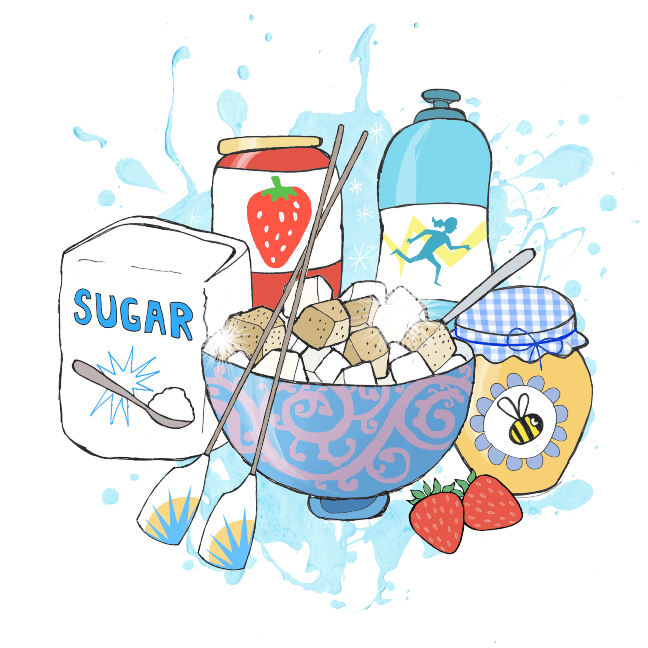
What else is relevant for rowers?
All rowers know that carbohydrates are important, and sugar and free sugars are included under the definition of carbs. All dietary carbohydrates are broken down to provide glucose which can be stored in the muscles as glycogen for energy, or in the bloodstream, and taken up by working muscle.
The availability of carbohydrates during exercise, as well as the subsequent recovery of muscle glycogen, plays a pivotal role in the performance of many sports, including rowing. Therefore, rowers should think less of sugars as being the enemy, despite what many bloggers and ‘gurus’ may write. Instead, sugars are a source of carbohydrate energy that can be useful, or even essential, to achieve certain fuelling or refuelling goals.
This is not to say that it gives a green light to eating a diet high in free sugars, as this runs the risk of a diet low in essential vitamins, minerals and fibre for sustained training and recovery adaptations. A high free-sugar diet will not encourage a healthier, stronger better body. It also runs the real risk of dental decay.
Sugar snacks
There are occasions when planning high-sugar choices can be an advantage.
Free sugars can be useful in these situations:
- In moderation, to add taste and variety to your target of a high-carbohydrate diet if training hard for more than an hour a day.
Ideas include:
• adding jam or honey to wholemeal toast for breakfast
• adding honey to porridge along with some fruit for sweetness
• enjoying puddings and bread-like cakes, such as an apple crumble with custard (both may include some free sugars for sweetness) or toasted fruit teacakes or raisin toast. - For fast refuelling when time is limited, and food may be too bulky – e.g. between a series of races. Here you may be trying to recover muscle glycogen, so aiming for 1 gram of carbohydrate per kilo body weight – e.g. chocolate-flavoured milk could provide 50 grams of sugars per 500ml, of which half will be from milk itself and half from free sugars.
- Sports drinks – when you are training hard for more than 60 minutes. Why not use a home-made recipe with high juice (squash with a higher proportion of fruit) to provide around 30 grams of sugar per 500ml? Or use a drink that is on the Informed-Sport list.
All in all, the bottom line is to be targeted with carbohydrate-rich foods, savvy with your knowledge about sugars and mindful with free sugars.
Illustrations: Jo Scales


